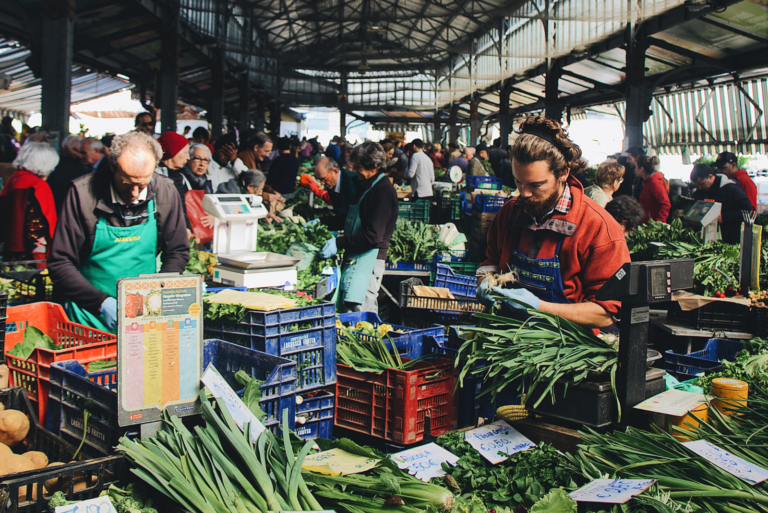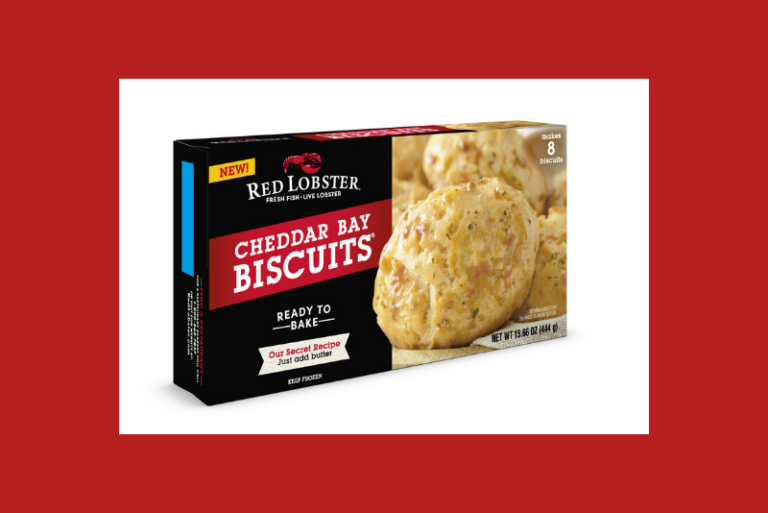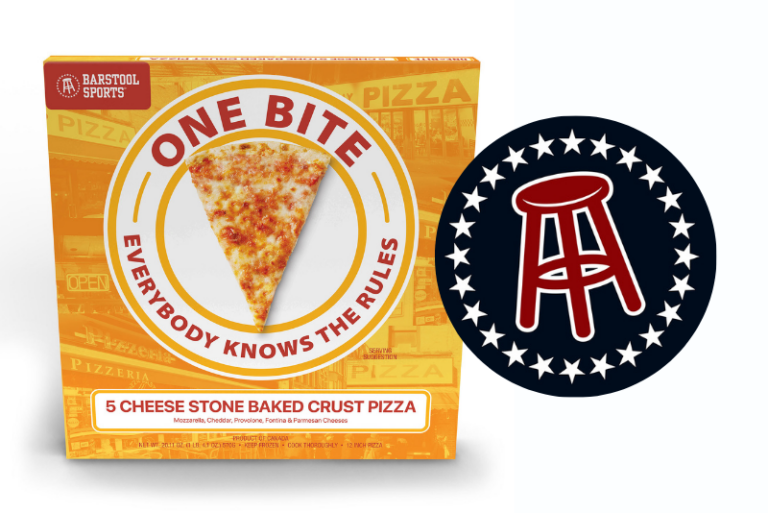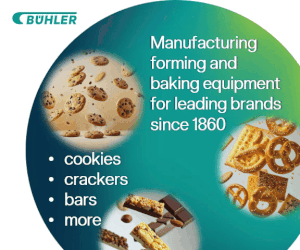MUNICH, GERMANY — At its baking and technology center in Culemborg (NL), Rademaker’s experts are constantly working on research and development for frozen and par-baked products.
For viennoiserie, many bakers prefer fully frozen-dough products, as opposed to bread products, which fare much better when par-baked.
“There is big difference between viennoiserie and bread,” said Wiep Bergsma, manager of the Rademaker technology center. “Viennoiserie is suitable for pre-proofed frozen, and that’s because we are stabilizing it with lamination and butter in combination with the temperature. The butter is making structure for the product to create shelf life in the freezer. With fermented products like bread, there is no stabilization system.”









